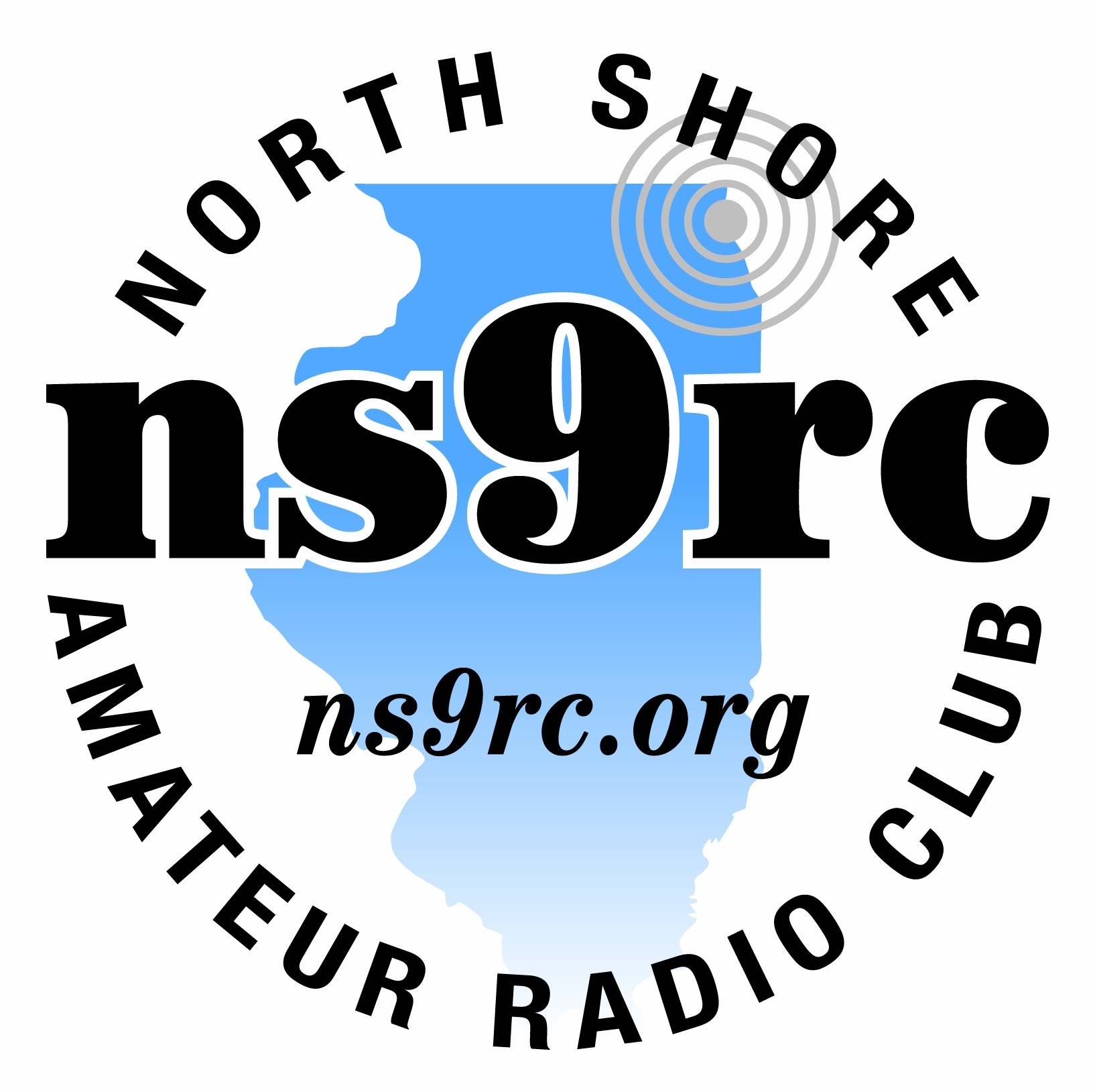Ham video on the web, plus the origin of "lid"
Just saying. Many of you know, I work in the video business and for most of my career it has been a terrific vocation. In the past couple of years, as technology has lowered the bar for entry, every buddy and his brother is now in the video business – and I continue to survive because basically, I have the skills to tell a story…and not just to record a selfie. So the other day I got an email inviting me to join yet another ham radio video subscription service, so I took the bait. W5KUB.com has a weekly video live newsmagazine on ham radio. First, you have to understand making video is not easy work. In this case, they basically had a camera trained on the presenter who interviewed the guest. And, while not real dynamic, it was interesting. I would recommend checking it out (but they suffer from the same disease as most of these folks…they think we have nothing but time on our hands to watch them chat).
Ham Nation is the brain child of Bob Heil, Gordon West, George Thomas, Don Wilbanks and, one of our very own, Cheryl Lasik. I have watched a few of their broadcasts and they are always seeking contributions from the field. Again, I am not sure how people find the time or money to get all of this work done, but God love’m.
I know many of you have seen Gary Pierce’s Amateur Radio Video Newsletter (AVRN). Gary does an amazing job. He is a professional videographer – and frankly, I don’t see how he can make any money doing these videos, but I am very grateful that he does this work. You can see him often at Dayton operating three cameras by himself, and on himself! (He is host, director and cameraman!) It is kind of amusing to see how he has built a portable video studio with all sorts of small HD cameras.
All of these web programs have a video archive on their sites, so you can catch past shows. I have to admit, I was kind of overwhelmed by the number of really well produced videos that are currently on YouTube regarding ham radio. Today, you can have a virtual “Elmer” at your fingertips and on demand!
As for me, I’m thinking it might be time to find another career? I’ll be taking suggestions. Somebody asked me the other day, how I enjoyed retirement? “Retirement?” I asked. :What do you mean?” I still need to get 10 more years out of this business. Well, he misunderstood me when I told him I was retiring as President of the NSRC. The benefits package from the NSRC is just not lucrative!
SK
So, I got a call from a friend whose husband passed away and she wanted to recognize his ham radio work on his gravestone. She asked if there was a symbol for SK? Well, I have yet to find one, but it got me off on a tangent trying to explain some of our stranger acronyms. For instance, she asked, “why are we called “hams”? Well many people ask this and this is what I found on the ARRL. Web site:
Why are Amateur Radio Operators also called “Hams”?-
Ham: a poor operator; a ‘plug’ (G. M. Dodge; The Telegraph Instructor)
The first wireless operators were landline telegraphers who left their offices to go to sea or to man the coastal stations. They brought with them their language and much of the tradition of their older profession. In those early days, every station occupied the whole spectrum with its broad spark signal. Government stations, ships, coastal stations and the increasingly numerous amateur operators all competed for time and signal supremacy in each other’s receivers. Many of the amateur stations were very powerful. Two amateurs, working each other across town, could effectively jam all the other operations in the area. Frustrated commercial operators would refer to the ham radio interference by calling them “hams.” Amateurs, possibly unfamiliar with the real meaning of the term, picked it up and applied it to themselves. As the years advanced, the original meaning has completely disappeared.
And then there are LIDS
So, then I was trying to explain to my wife why we are called hams and I told her that what were once “hams” are now LIDS! Huh? So I did a little research and found that LIDS referred to telegraph operators who used the lid from a Prince Albert can as a way of amplifying the audio from the telegraph. Often these folks were new, younger operators and did not have the skills of an experienced operator. We still used the term today…to describe a host of poor operator behaviors. There was one tongue in cheek article on the web entitled, “How to become a LID!”
LIDS, HAMS, SK – we have some fine, mysterious traditions in this hobby. It is among the things that keeps us together as an International League of Radio Frequency Amateurs…or just plain Hams!
73,
Rob, K9RST
President Emeritus
From my country estate in Glenview
